Introduction
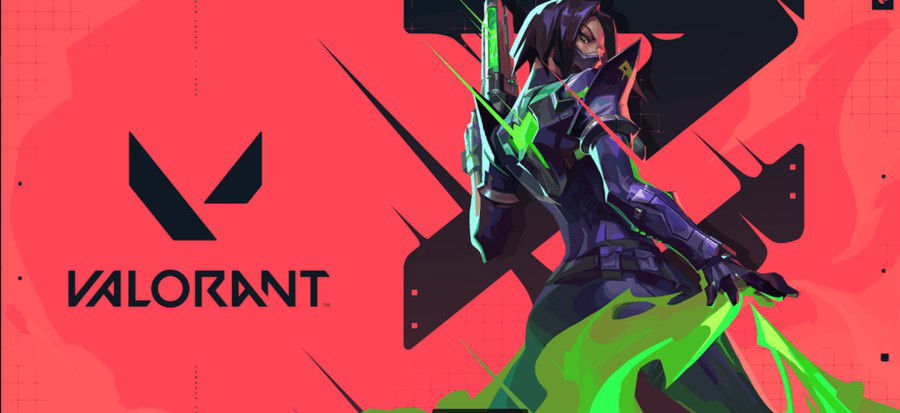
Since its launch, Valorant has been compared to its long-time competitor: CS:GO, which today after updates became Counter-Strike 2. Naturally, the principle is the same: there is one team that defends the bomb-sites, while another tries to invade, plant and explode the bomb. However, in CS the role divisions are defined by equipment purchased, positioning, weapons used, movement, etc., while in Valorant this is already defined by the character who has been picked.
The dynamics are very different depending on the role chosen by the player: Sentinel, Duelist, Initiator and Controller are defined at the beginning of the match (Agent Pick Screen), and from then on, it’s expected that each character’s unique skills complement their role. A duelist, for example, cannot act as a smoker for the team, because their character simply doesn’t have these skills. So, the question remains: which role should I choose in Valorant? Should I base myself on my team to choose a character? How impactful is this in combat, is it even more relevant than your aiming ability? These and more questions will be addressed below.
The Choice
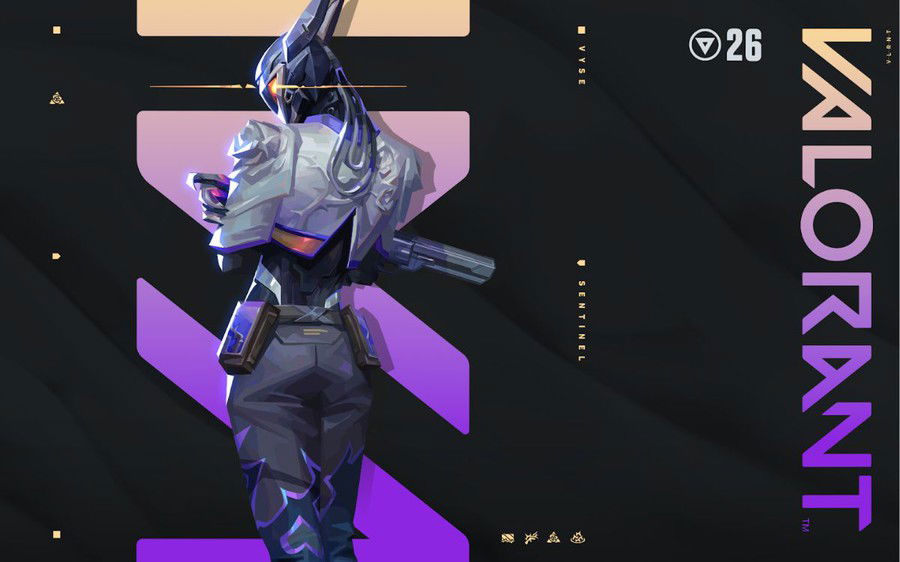
Both experienced and younger players have faced this choice: in an RPG, an MMO, a MOBA, which character am I going to play? And the initial answer here is quite simple: whichever one the person identifies with most, be it visually, play style, character history, etc. This can also be an initial way to choose a role in Valorant! Just decide which character appeals to you the most, and start learning from there.
Even if this way is chosen, it’s also important for you to know what your character's role is: and, therefore, the opposite path is also an option. A player who is more experienced, already knows what to expect from the character, can simply choose one that fulfills all the desired functions. In Valorant, abilities have a considerable impact on rounds, so good use of the chosen kit can alleviate the famous “lack of aim”, or a day when your aim is not as calibrated as usual. Teams are usually made up of: 1-2 duelists, 1-2 controllers, 1-2 initiators and 1-2 sentinels, so there is a range of possibilities, but the most common are 2 duelists, 1 initiator, 1 sentinel and 1 controller. A team can vary even more in these roles; however, it is essential to have at least 1 team controller, as smokes are essential. Now, we’ll discuss what’s expected of each role, and how to fit into it.
Duelists
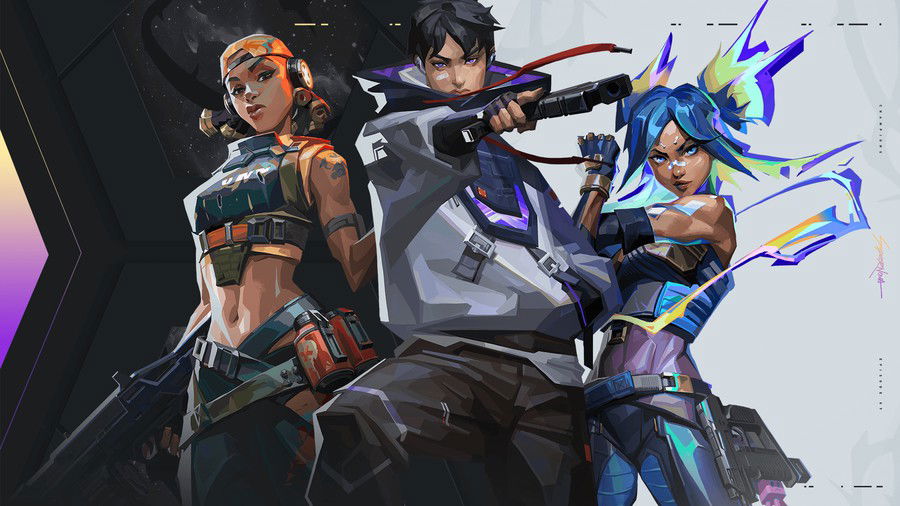
Duelists are the most aggressive characters in the game, and, therefore, they especially benefit players who have a faster and more precise playing style. They are also the role with the most character options, precisely because of this characteristic. Abilities such as grenades, flashbangs, healing, area damage, or shields for the character themselves are the most common here. Another way to describe them is self-sufficient characters, that is, capable of being the first to engage in combat, and coming out with more kills.
One of the most prominent characters is Reyna, as she appears in so many clips out there in 1 player versus 5 plays. Her kit includes self-healing abilities, flashbang, as well as the ability to become invulnerable and move for a short period after getting a kill, in addition to her ultimate, which allows the player to make this movement quickly and invisible while healing and shooting faster; You can already imagine why she is featured in so many fights, right?
However, the same strength of her kit also brings a clear weakness: it’s necessary to participate in kills, open unknown corners for the team and dominate bombsites to get the best out of this character. And for this reason, she is considered to be very dependent on aiming ability, and if the player does not get kills, she will be well below the average of other duelists. At the moment, other dueling characters are: Yoru, Neon, Phoenix, Raze, Iso and Jett, each with a unique style. Neon can run faster than other characters, Yoru can dispatch clones and swap places with them, Iso can summon arenas that generate 1-on-1 conflicts, among others.
Controllers
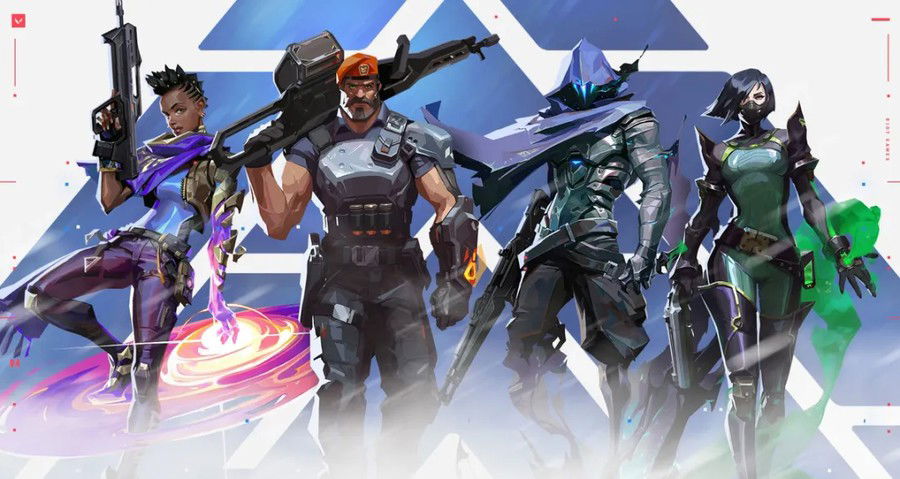
Very different from Duelists, Controllers have abilities that divide the enemy team's vision capacity into specific areas, in addition to controlling the terrain to enter specific locations; These capabilities are used to force enemies into choke points, where the allied team knows the enemy's movement, and can play accordingly. In general, all of this can be summarized by the classic ability that every controller has: smoke, a vision control which can be applied wherever the player wishes, and is beneficial both when entering a location and when defending. Therefore, here the function is to support and control regions, generally the controllers will never be the first to engage in combat, but rather facilitate this clash for their duelists.
One of the most used characters is Omen, who in addition to having two smokes, has two teleportation abilities that can be used to gain terrain advantage or simply information, and a flashbang known as paranoia to control vision in specific regions. All controllers have smokes, but some have abilities that allow greater aggression, and others, greater control. Among the options, we have Clove, Harbor, Astra, Brimstone and Viper.
Initiators

Initiators are characters who are masters at acquiring information, and mainly using initiation abilities when invading bomb sites, forcing enemies out of strategic points and therefore facilitating control of contested terrain. Conceptually it seems difficult to explain, however, with the abilities it becomes simpler: they generally use projectiles which reveal all enemies in the field of vision of that ability, in addition to having flashbangs, stuns, suppression, and overall always using information abilities before going in; In Valorant slang, this is known as “spot”. Nothing more common than “Fade, please do the spot on B, so I can open it?”
When the game was released, the representative of the role was Sova: he uses a bow which can shoot both arrows that cause area damage and an arrow that reveals enemies in his area of vision. In addition, he has a drone with a camera that can be controlled, and his ultimate shoots a beam of energy that passes through structures. Today, the theme is more varied, Fade, for example, uses nightmares that reveal enemies and apply deafness. Currently, we also have Kay/o, Breach, Gekko, and Skye in the same category.
Sentinels
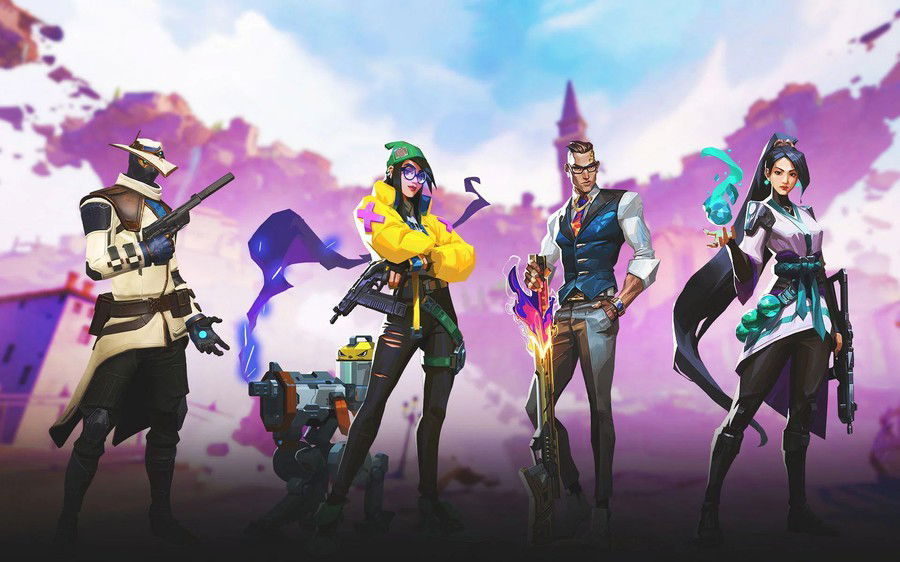
Finally, opposed to duelists, Sentinels are the most defensive role in the game, being useful for defending bombs in defense as anchors, and also defending the flank during an attack. Their main emphasis is on team support, so they are best at controlling regions alone purely with their abilities. Cypher has wires which tangle in passing enemies, causing stun, as well as a camera that shoots locator darts, Killjoy has a turret that shoots approaching enemies, Sage puts up an ice barrier which only breaks after many shots, Deadlock fixes a barrier that only shots pass through, Chamber teleports and has their own powerful weapons, among other abilities.
Here, those who shine the most are players who like to work with information, defend and calmly use their skills when enemies are desperate, be it to enter a location or to defend themselves against an ability. Especially, the next character who will be released is a sentinel, known as Vyse. Using molds of liquid metal flowers and vines, she is great at controlling terrain and her ultimate prevents opponents from using primary weapons for a limited time.
Conclusion

There are many options, and they are all great for aligning with the player's playing style, or with what the team needs. In particular, the ideal is to know at least two roles so that the team is not lacking if there are too many duelists, initiators, etc.
Overall, the more you learn about a character, the better you become at knowing the best abilities and aim angles on each map, so each one is a unique experience.









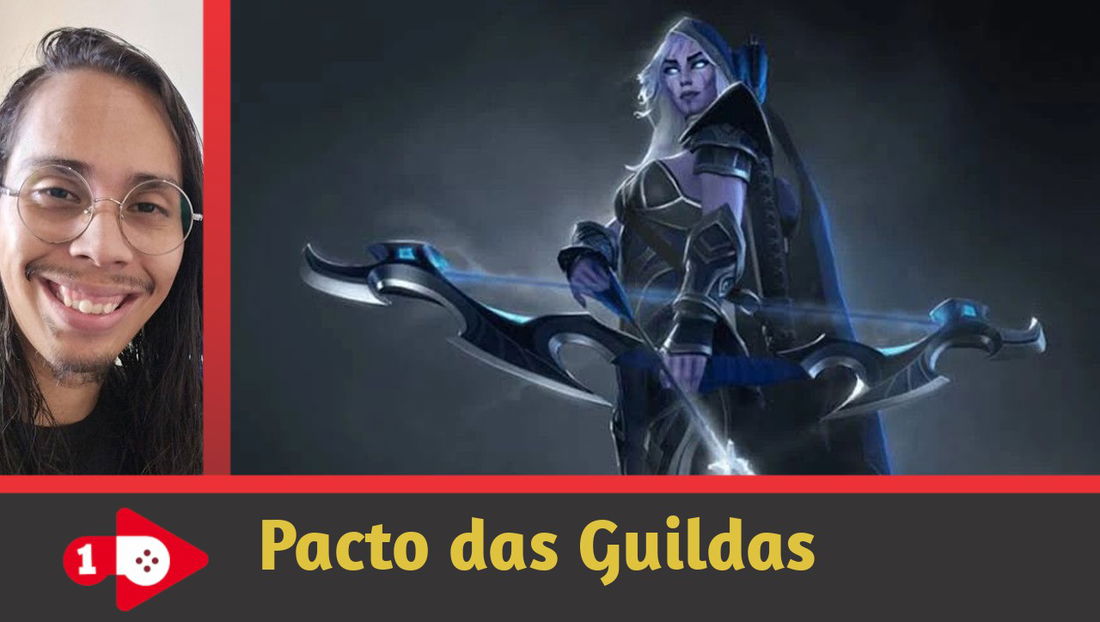
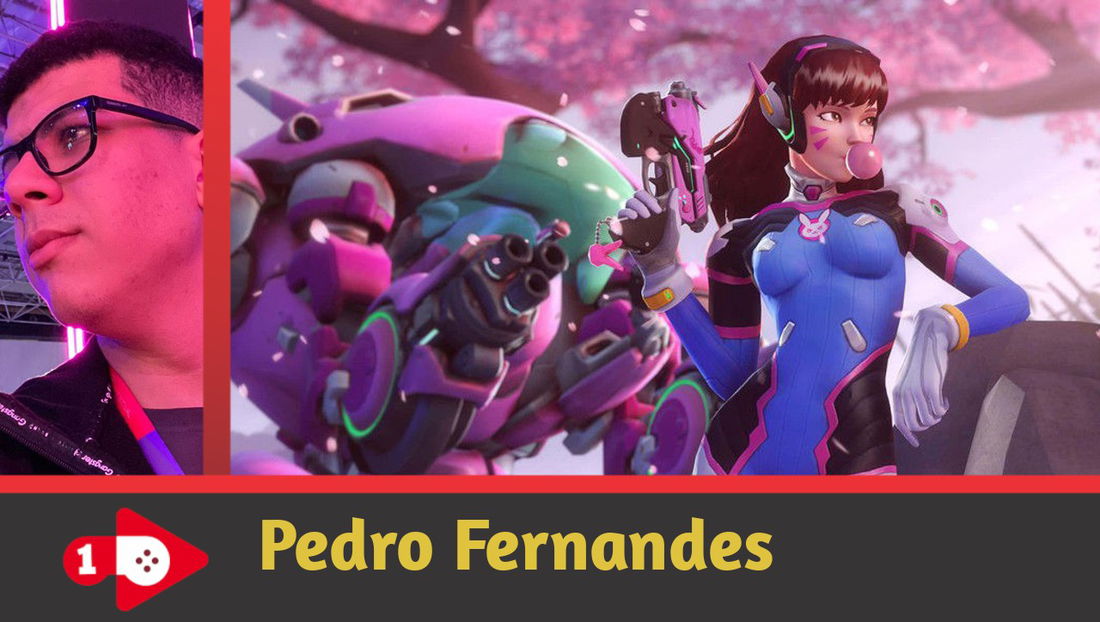



— Comments 0
, Reactions 1
Be the first to comment